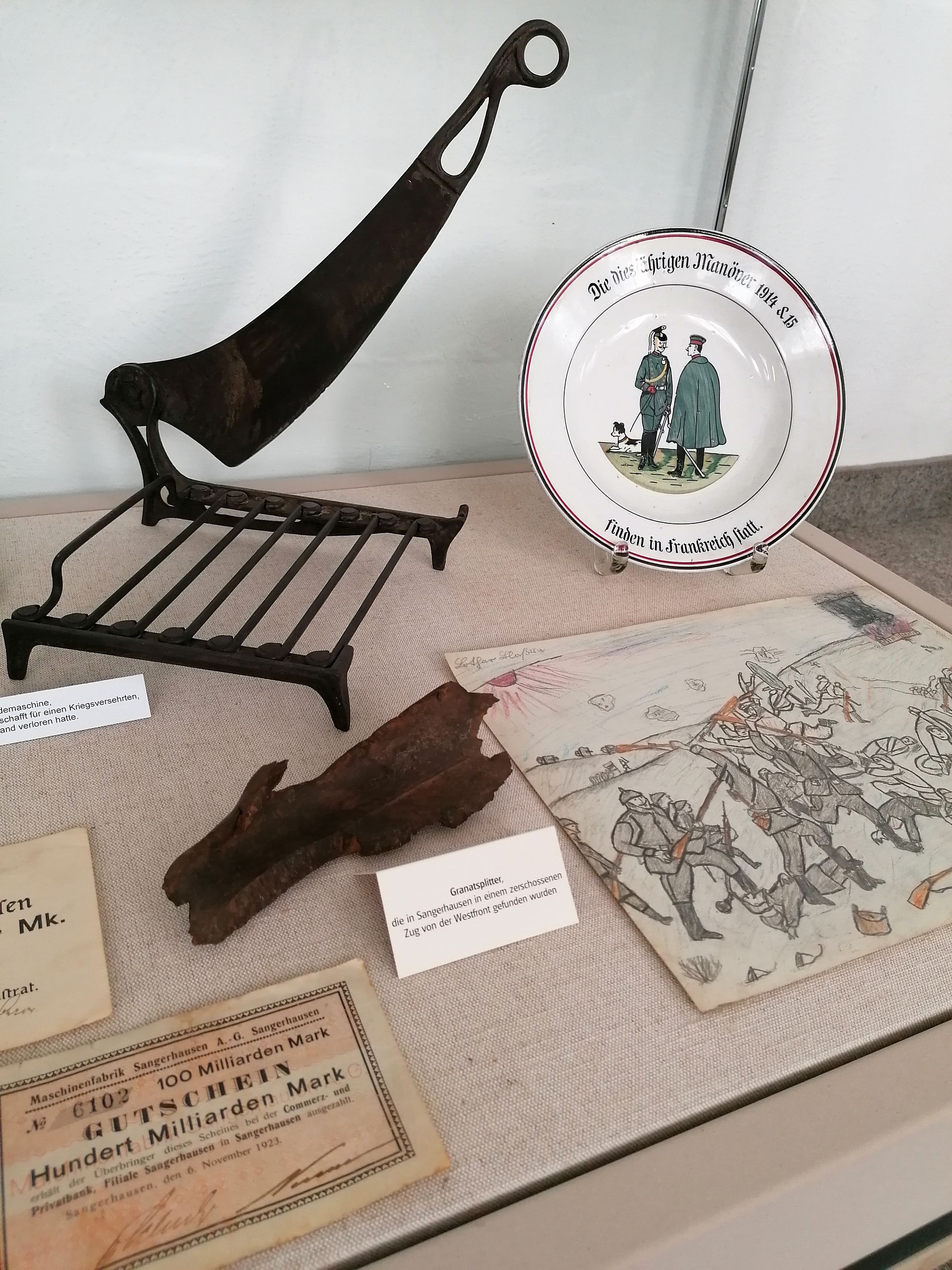
A village "Sangarhusen" is mentioned at the end of the 8th century in a property register of the Fulda monastery. It was located in the area of today's Bonifatiusplatz in Sangerhausen. In the 10th century, a Saxon dynasty of counts built a farm south of the village, around which farmers and craftsmen settled. In the 11th century, a market settlement arose under the protection of the noble court. Both settlements grew together to form the town of Sangerhausen. The village settlement of the 8th century became the "Altendorf". In the 13th century, the town was expanded according to plan. The economic foundations were trade, handicrafts and agriculture. Copper mining also played an important role from the late Middle Ages until the end of the 19th century. The Thirty Years' War (1618 - 1648) led the town to economic ruin.
Since the 2nd half of the 19th century, Sangerhausen also changed into an industrial town. Apart from the loss of the railway station and the gasworks, the town survived the Second World War with almost no building damage. Sangerhausen experienced a major upswing in the GDR (1949 - 1990) with the construction of the Thomas Müntzer mine. The large-scale resumption of copper mining required a large workforce and the population of Sangerhausen tripled. Modern new housing estates were built around the old town.
The centre of attraction in the exhibition on the town's history is the model of the town of Sangerhausen made by Gustav Adolf Spengler around 1750. At that time the town was still completely protected by a high town wall. Museum objects from seven centuries, explained by pictures, maps and texts, illustrate Sangerhausen's town history up to the recent past.